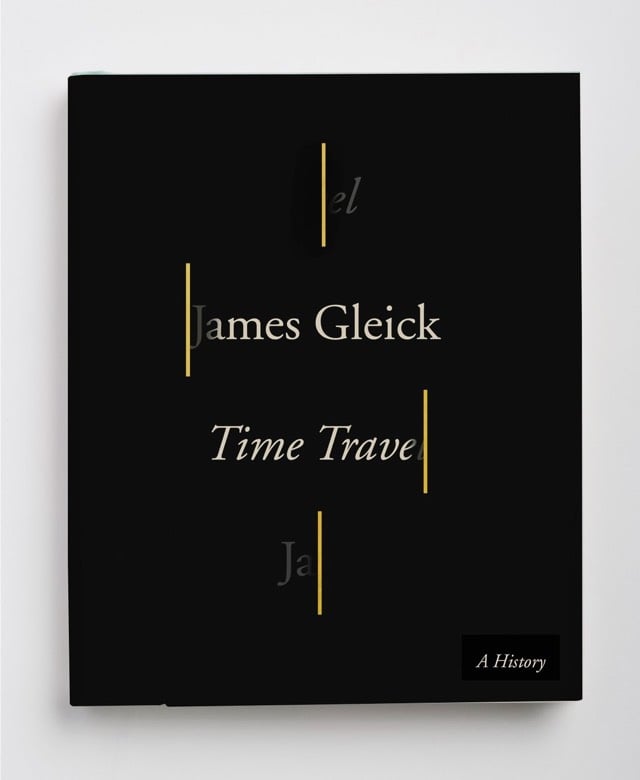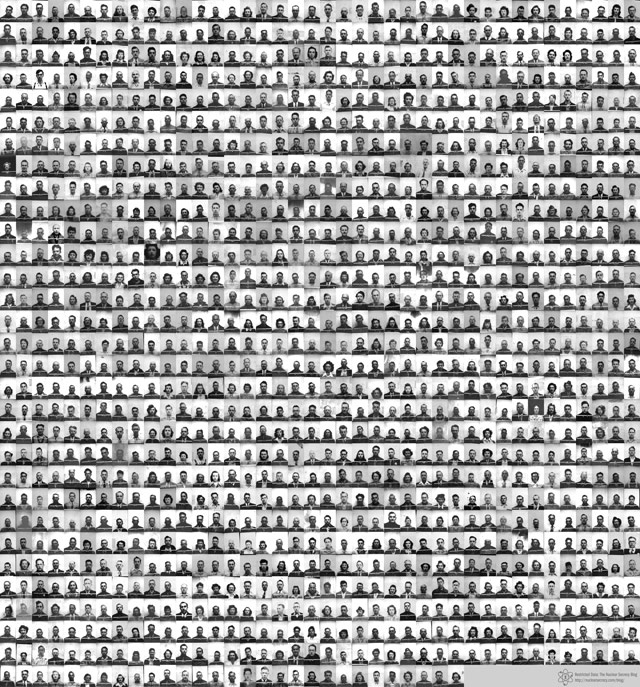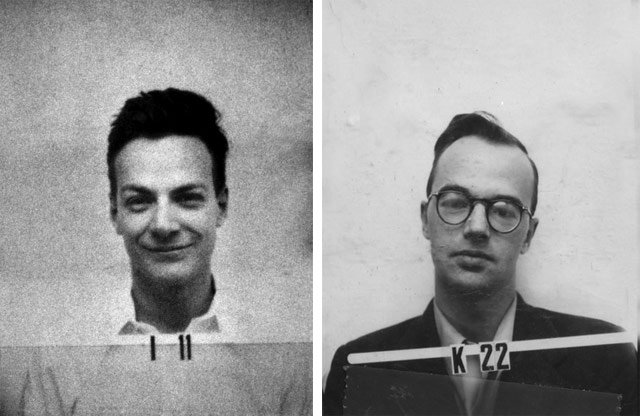Arrival: future communication, past perspective
In his newest video, Evan Puschak talks about Arrival, calling it “a response to bad movies”. Arrival was perhaps my favorite film of 2016, and I agree with him about how well-made this film is. There’s a top-to-bottom attention to craft on display, from how it looks to how it was cast (Amy Adams was the absolute perfect choice for the lead) to the integration of the theme with story to how expertly it was adapted from Ted Chiang’s Story of Your Life. The whole thing’s tight as a drum. If you happened to miss it, don’t watch this video (it gives the whole thing away) and go watch it instead…it’s available to rent/buy on Amazon.
Looking back through the archives, I’m realizing I never did a post about Arrival even though I collected some links about it. So, linkdump time!
Wired wrote about how the movie’s alien alphabet was developed.
Stephen Wolfram wrote about his involvement with the science of the film — his son Christopher wrote Mathematica code for some of the on-screen visuals. 1
Science vs Cinema explored how well the movie represented actual science:
Screenwriter Eric Heisserer wrote about how he adapted Chiang’s short story for the screen.
Jordan Brower wrote a perceptive review/analysis that includes links to several other resources about the film.
Update: The director of photography for Arrival was Bradford Young, who shot Selma and is currently working on the Han Solo movie for Disney. Young did an interview with No Film School just before Arrival came out.
I’m from the South, so quilts are a big part of telling our story. Quilting is ancient, but in the South it’s a very particular translation of idea, time, and space. In my own practice as an image maker, I slowly began to be less concerned with precision and more concerned with feeling.
Quiltmakers are rigorous, but they’re a mixed media format. I think filmmaking should be a mixed media format. I’m just really honoring what quiltmakers do, which is tell a story by using varying texture within a specific framework to communicate an idea. For me, with digital technology, lenses do that the best. The chips don’t do it now-digital film stock is basically all captured the same, but the lenses are how you give the image its textural quality.
(thx, raafi)
Update: James Gleick, author of Time Travel, wrote about Arrival and Story of Your Life for The New York Review of Books.
What if the future is as real as the past? Physicists have been suggesting as much since Einstein. It’s all just the space-time continuum. “So in the future, the sister of the past,” thinks young Stephen Dedalus in Ulysses, “I may see myself as I sit here now but by reflection from that which then I shall be.” Twisty! What if you received knowledge of your own tragic future-as a gift, or perhaps a curse? What if your all-too-vivid sensation of free will is merely an illusion? These are the roads down which Chiang’s story leads us. When I first read it, I meant to discuss it in the book I was writing about time travel, but I could never manage that. It’s not a time-travel story in any literal sense. It’s a remarkable work of imagination, original and cerebral, and, I would have thought, unfilmable. I was wrong.
(via @fquist)
Christopher was 15 or 16 when he worked on the film. His LinkedIn profile states that he’s been a programmer for Wolfram (the company) since he was 13 and that in addition to his work on Arrival, he “implemented the primary cryptography functions in Mathematica”.↩








Stay Connected